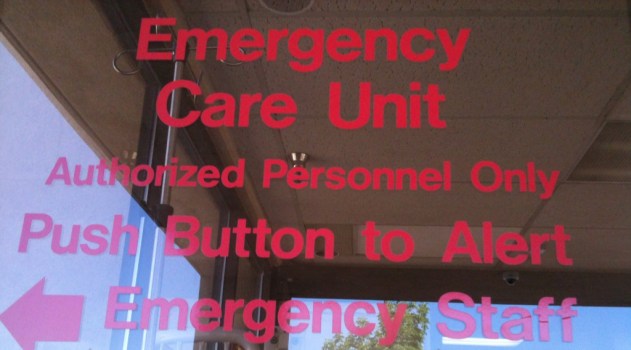A software glitch that hit the system used to dispense medications to hospital patients in Brisbane’s public Metro North Hospital and Health Service has again put Queensland Health’s technology performance in casualty after the state’s Nurse’ union and Labor Opposition hit out at life threatening dangers revealed in an internal risk report.
The computer bugs affected software supplied by iMDsoft for Metro North’s Metavision Intensive Care system and came to light after risk assessment provided to the state government warned there was a 60 per cent to 90 per cent chance of preventable death occurring over the period of a month if left unaddressed.
The serious near miss and subsequent manual intervention has put health services across Australia on alert over how potential problems and associated risks of eHealth systems are managed as most states pursue the big technology rollouts.
The issue of the Metavision implementation hit Queensland’s state Parliament on Tuesday with the Labor Opposition launching into the Newman government over what was being done to tell patients about the risks of the IT system being used to prescribe medication to them.
Predictably, the flurry of questions prompted a succession of reminders of the Bligh government’s now globally infamous software disaster of the Queensland Health Payroll that chewed through $1 billion was slammed in a subsequent Royal Commission and resulted in IBM being banned from government work in the state.
Politics aside, doctors and the software company at the centre of the controversy say the very fact that the problems were detected is in itself a salutary lesson about how risks surrounding such problems can and should be managed.
Electronic prescribing and medication management has long been hailed as one of the greatest benefits of moving to electronic health and medical records because of the potential to detect and prevent patients getting combinations of drugs that could produce adverse side effects including potentially deadly allergic reactions.
A major problem for prescribing clinicians in hospitals and primary care is that without access to eHealth systems, it was frequently difficult to quickly see or know what medications a patient had previously been prescribed by other treating clinicians because of the mishmash of paper records that didn’t always travel with the person being treated.
The bottom line is that plenty of people used to die from paper based medication mix-ups.
The Queensland president of the Australian Medical Association, Dr Shaun Rudd, is one clinician pointing out that failsafe mechanisms managed to kick-in and detect the problems.
“It’s important that we have good quality control in hospitals and obviously they have found there is an issue with this [system],” Dr Rudd told Government News.
“They’re working towards fixing this issue, it’s unfortunate that it happened, but the good thing is that it has been uncovered.”
Dr Rudd said that in the interim, a more manual method was being used and that there was ultimately it was still necessary to have a qualified human in charge of handing out drugs and medications.
“The [AMAQ] firmly believe that [at] the final point whenever any patient is being given medication, [there must be] a qualified person who is checking that. It should be a registered nurse at least. That’s the final quality control.”
Dr Rudd stressed that the imperative to have good technology in hospitals was increasing, not diminishing, but expressed frustration with the degree of progress being made in hospitals.
“Really there is no question that the tertiary and secondary care systems and hospitals is way behind primary health care. Doctors have had computers on their desks for 20 years. State hospitals need to get themselves organised,” Dr Rudd said.
He said that it was “crazy” that so many paper-based systems still existed in secondary and tertiary healthcare. Moreover, as the number of treatments and medications increased, computers would be essential in looking-up potential negative interactions.
Meanwhile, the company at the centre of the controversy, iMDsoft, said in a statement that it was “aware of this issue, and has already provided a solution to Queensland Heath.”
“The software fix has been in testing at the site for several weeks and will be implemented in the near future,” the iMDSoft statement said.
“The risks highlighted by the report were originally identified during testing and, with close cooperation between iMDsoft and the clinicians at the Hospital and Health Service sites, a mitigation plan was immediately put into effect.”
“We have partnered with Queensland Health for five years in order to achieve these goals. We will continue to collaborate closely with Queensland Health for a safe and expedient implementation of the solution we have provided,” the company said.
Comment below to have your say on this story.
If you have a news story or tip-off, get in touch at editorial@governmentnews.com.au.
Sign up to the Government News newsletter


